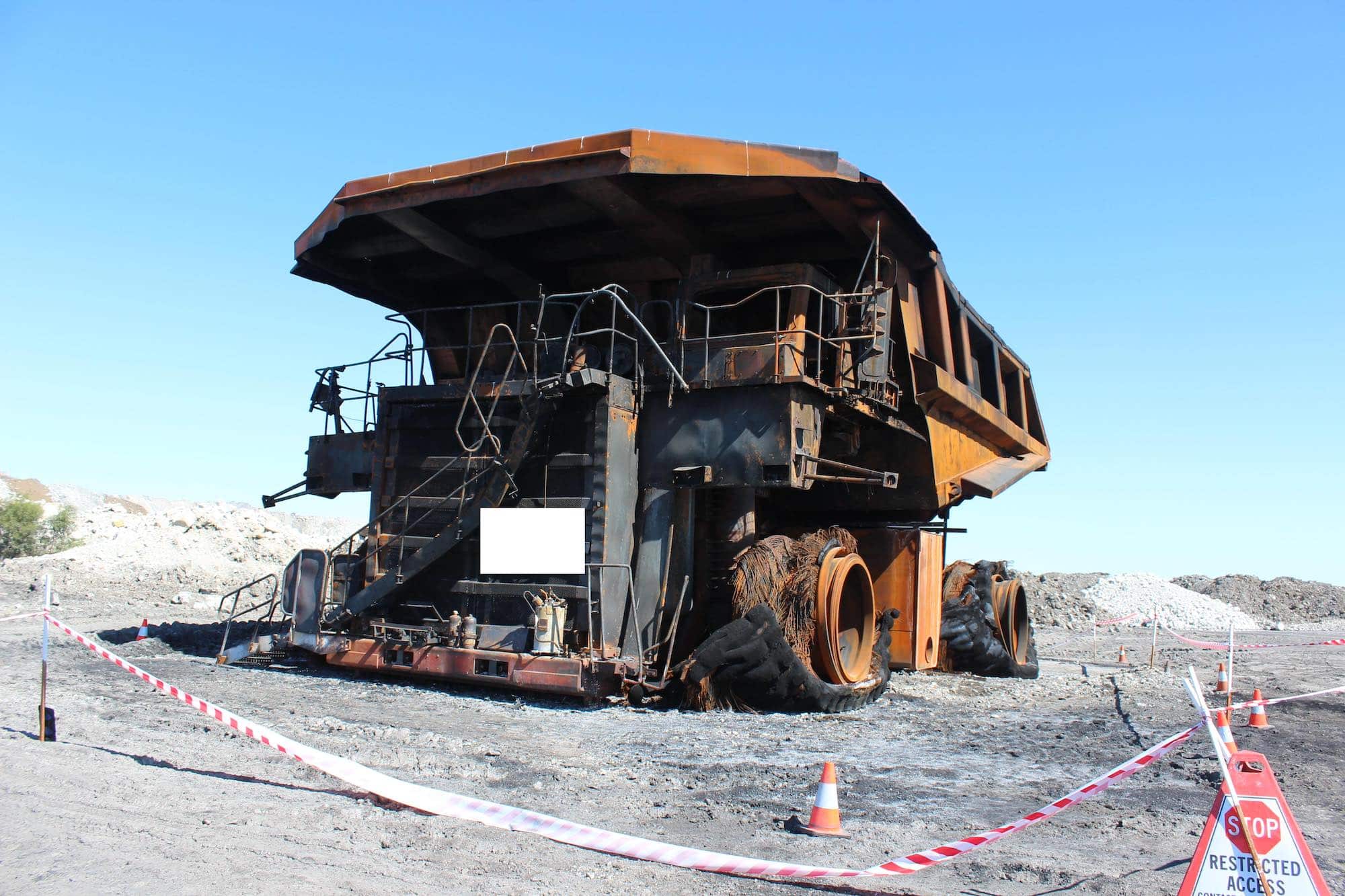When the embers have cooled and the smoke dissipates, firefighters’ roles transition from battling blazes to detective work. Fire investigations are multifaceted endeavors, blending science, forensics, and intuition. Delving into the aftermath of a fire, investigators piece together a narrative, deciphering how a blaze began and what paths it took. This process, while often overshadowed by frontline firefighting, plays a pivotal role in safety, justice, and prevention.
Determining the Cause and Origin of Fires
Tracing Back to the Starting Point
Every fire has a birthplace: the origin. By zeroing in on this spot, investigators can deduce the fire’s trajectory. Furthermore, an understanding of a fire’s cause, be it accidental or deliberate, is invaluable. These two elements, intertwined, are the crux of fire investigation.
Common Culprits of Accidental Fires
Most fires aren’t the result of foul play. Common causes include electrical malfunctions, unattended candles, or faulty appliances. Understanding these accidental triggers informs safety guidelines and preventative measures.
Deliberate Fires: The Scourge of Arson
Intentional fires present a different challenge. Malice, insurance fraud, or vandalism often underlie these blazes. Identifying them ensures accountability and justice.
Fire Scene Evidence and Forensics
Reading Burn Patterns
Much like water leaves ripples, fire leaves burn patterns. These patterns, found on walls, ceilings, and other surfaces, narrate the fire’s story. Decoding them reveals how a fire spread and where it was most intense.
Unearthing Clues Amongst the Ruins
Amidst charred debris lie clues. From residues pointing towards accelerants to damaged electrical outlets indicating a malfunction, every fragment can be evidence.
The Role of Technology in Fire Forensics
Modern-day fire investigations aren’t just about sifting through ashes. Technologies like accelerant-sniffing devices or fire modeling software paint a clearer picture of incidents, aiding in evidence gathering and scenario reconstruction.
Collaboration with Law Enforcement
When Two Worlds Overlap
Often, fire scenes are also crime scenes. This duality necessitates a seamless collaboration between firefighters and law enforcement. By sharing insights, resources, and expertise, these professionals ensure a holistic investigation.
Testimonies and Court Proceedings
Beyond the scene, firefighters and investigators play roles in courtrooms. Their firsthand accounts and expert testimonies can be pivotal in cases, especially when arson is suspected.
Challenges in Fire Investigation
Navigating Overlapping Patterns
Multiple ignition points or subsequent fires can confuse an investigation. Overlapping burn patterns necessitate a keen eye to discern the primary origin.
Preserving Evidence Amidst Chaos
A fire scene is, by nature, chaotic. Valuable evidence can be inadvertently destroyed during firefighting efforts or due to the fire’s ferocity.
The Continuous Evolution of Fire Investigation
The Advent of Advanced Analytical Tools
With technological advancements, fire investigation tools have grown sophisticated. Drones, 3D scanning, and advanced chemical analysis have started playing key roles in modern fire forensics.
Collaborative Efforts on a Global Scale
Fire doesn’t recognize borders. Thus, international collaborations between fire departments share best practices, research, and training methods. This camaraderie ensures a global advancement in fire safety and investigation.
Conclusion
The realm of fire investigation is vast, marrying science with on-ground experience. While the luminous flames and brave firefighting efforts often steal the spotlight, it’s in the quiet aftermath that crucial detective work begins. Piecing together the puzzle of a fire’s origin and cause is a task of patience, expertise, and precision. This endeavor not only ensures justice in cases of arson but also paves the way for better fire safety protocols. In understanding the past, fire investigators light the path for a safer future.
Teaching the next generation of firefighters is a noble and essential endeavor. Those who are passionate about imparting knowledge should consider the Fire Instructor 1 certification, preparing them to educate future heroes.





























